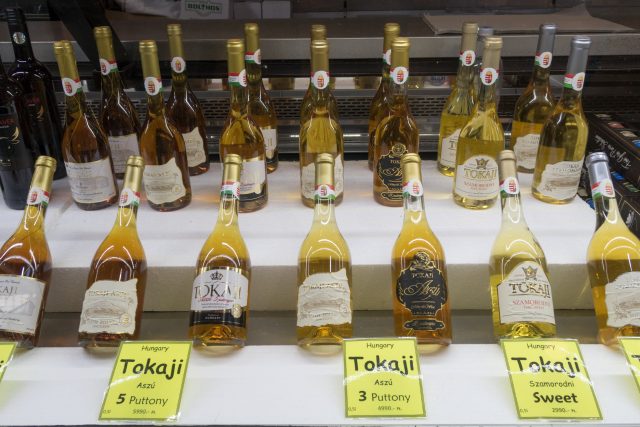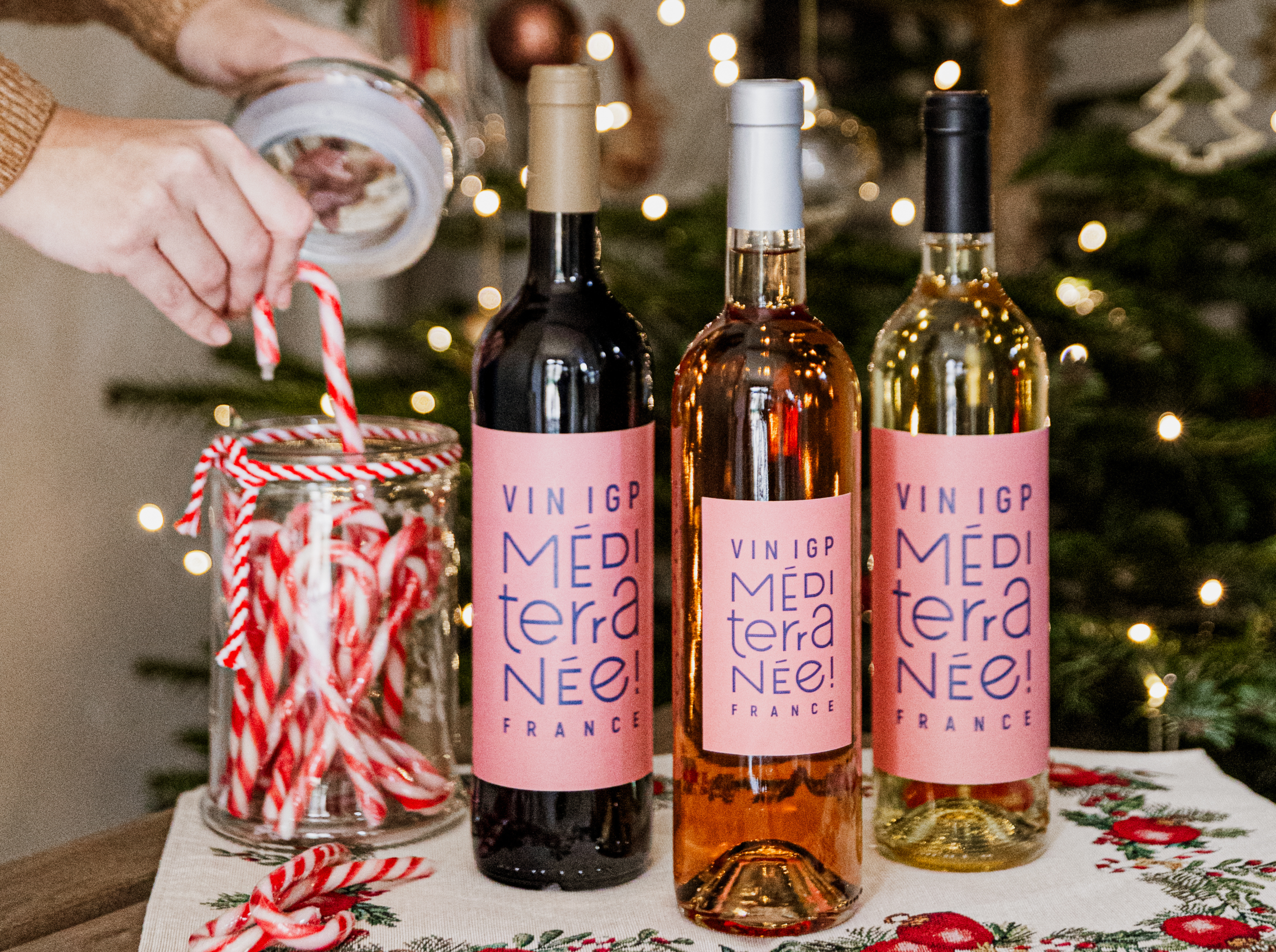How is Tokaji made?
For International Furmint Day (1 February), db answers the question of how Hungary’s most famous wines are produced.

The answer is not quite as simple as some may believe, as there are multiple styles of Tokaji wine produced in the region of Tokaj in the north east of Hungary, in the foothills of the Carpathian Mountains.
The three main white varieties cultivated in the region are: Furmint, Hárslevelű (both late ripeners), and Sárga Muskotály (known outside of Hungary as Muscat Blanc à Petits Grains). Furmint makes up approximately two-thirds of the 5,400 hectares of the region that is under vine.
The most famous Tokaji style is Tokaji Aszú, which is made using grapes that have undergone Botrytis, more commonly known as ‘Noble Rot’. Botrytis cinerea is a fungus that flourishes in moist conditions. It perforates the grape skins, meaning that the fruit loses water and shrivels, concentrating sugars, acids, and aromas.
The climate of Tokaj is well-suited to producing the conditions necessary for Botrytis, as a spokesperson for producer Disznókő told db: “The continental climate is influenced by the proximity of rivers (Tisza, Bodrog) and marshlands facing the vineyards situated on volcanic hill-slopes. Some (not too much) rain during September or October, often followed by a sunny and dry Indian summer, drying out the botrytis-affected grapes.”
A dry summer is also beneficial, as it reduces the risk of the ignoble rot that is grey mould taking hold.
Tokaji Aszú is a maceration of botrytised grapes and a base must/wine. The amount of aszú berries used determines the final sweetness of the wine, as the spokesperson explained: “The puttonyos number [‘puttonyos’ referring to a puttony, or basket filled with 25 kilograms of aszú berries] is the amount of aszú grapes added to the wine (their proportion). The higher the number, the more aszú berries are added. 5 is the most common, where around the same volume of aszú berries and base wine are mixed. Since the 20th Century the puttonyos number also expresses the wine’s residual sugar content. 6 puttonyos has at least 150 g/l residual sugar. A 6 puttonyos is a richer, more intense wine within a producer’s range.”
Partner Content
There is also Tokaji Escenzia, the ‘essence’ or ‘nectar’, made entirely from the free-run juice of aszú berries. Even after fermenting for years in some cases, the alcohol level remains low, often below 5% ABV, while the residual sugar must legally be 450g/l or above. These wines are exceptionally rare, and a 75cl bottle might retail for upwards of £900.
In both cases, high acidity (one of Furmint’s characteristics) means that, as sweet as the wines are, they are still balanced.
However, though inextricably associated with sweet wines, Tokaj the region also produces drier Tokaji wines, made both with and without Botrytis, and there is a growing demand for such wines.
“It should be made from one of the local varieties (mostly Furmint and Hárslevelű), picked at perfect ripeness. The vinification is classic white winemaking, can be done in barrels or tanks, and can be aged or not in oak barrels. There are many styles…”
One style is Tokaji Szamorodni, meaning ‘as it comes’, a term used for bunches that have been partially, but not entirely, affected by Botrytis. These wines vary from harvest to harvest and can cover the spectrum of dry to sweet, depending on the level of Botrytis. They are cask-aged for a minimum of one year, and often display the oxidative characters that one might expect from a Fino sherry.
While a classic pairing for Tokaji Aszú would be foie gras or blue cheese, a drier style would complement white meat, fish and aromatically spiced dishes.
To read more about how Hungarian winemakers are increasingly opting for drier styles, click here.
Related news
Wines of Hungary targets Korean consumers for International Aszú Day
Wines of Hungary makes central Europe the centre of attention




